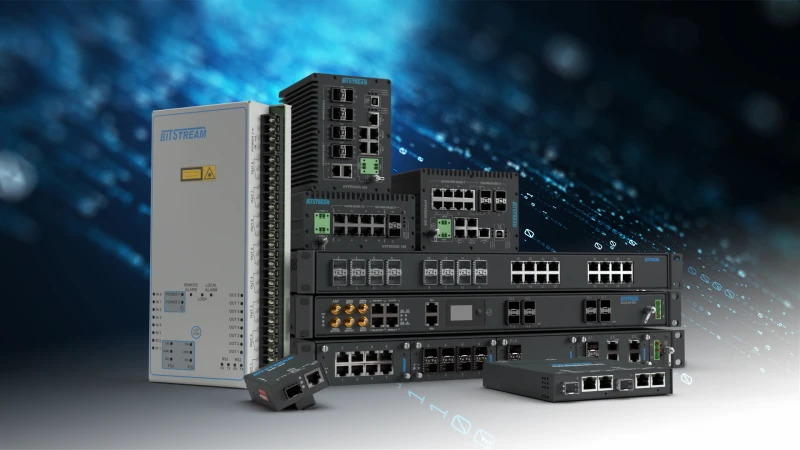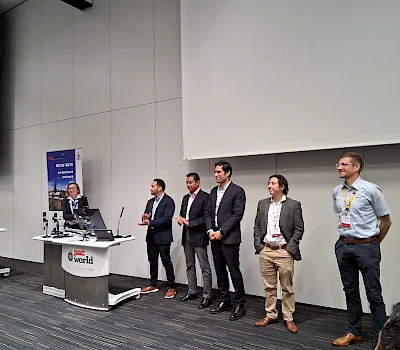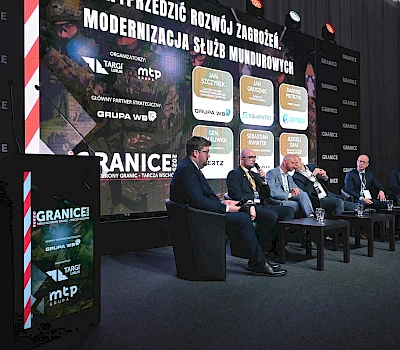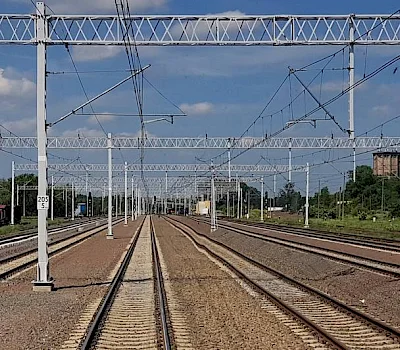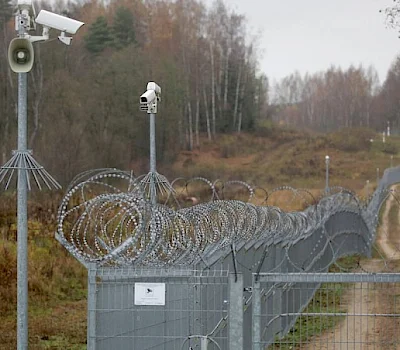The energy sector is undergoing a significant transformation with the increased integration of distributed energy resources (DERs) into the grid. This change requires robust and secure communication between distribution system operators (DSOs) and DERs to ensure grid stability and performance. However, data transmission in this context is highly vulnerable to cyber-attacks, due to its critical nature. In order to mitigate these risks, it is crucial to deploy specialised equipment including advanced technologies such as PTPv2 with Power Profile, MACsec encryption, IPsec or hardware firewalls. In this article, we take a closer look at their role in securing communication networks in the energy sector.
Secure communication is a priority
The integration of DERs, such as photovoltaic farms, wind turbines, energy storage systems, etc., introduces complexity into network management. These sources, often distributed over large geographical areas, require real-time data exchange with DSOs for optimal operation, so secure communication is a priority. This is even more so as the communication infrastructure becomes a prime target for cyber-attacks that can disrupt the proper operation of the network, leading to power outages and financial losses.
The critical role of time synchronisation with PTPv2 and Power Profile
PTPv2 (Precision Time Protocol), as defined by IEEE 1588-2008, is a protocol used for clock synchronisation in network measurement and control systems. In the power sector, precise time synchronisation is critical to coordinate the activities of various network components. Power Profile (IEEE 1588 Power Profile) further enhances PTPv2 to meet the specific needs of power systems. The high precision achieved by PTPv2 with Power Profile, with synchronisation accuracy in nanoseconds, is essential for phasor measurement units (PMUs) and other time-sensitive applications. This protocol supports synchronisation in large and complex networks, typical of modern power grids, and ensures compatibility with existing network infrastructure and various DERs. Precise time synchronisation helps with fault detection and isolation, demand response and network stability management, making it a cornerstone of modern smart grids.
Secure communication thanks to MACsec encryption
Secure communication on Ethernet networks is ensured by MACsec (Media Access Control Security), a security protocol that protects data from a wide range of attacks, including tampering, eavesdropping or man-in-the-middle attacks. MACsec uses AES-256 bit encryption to secure data at Layer 2, ensuring that it is not altered or forged during transmission. It is ideal for high-speed networks, without introducing significant latency. By implementing MACsec, energy sector communication networks can maintain data confidentiality and integrity, which is critical to operational security. MACsec encryption has the advantage that even if data packets are intercepted, they cannot be read or altered, thus protecting sensitive network information.
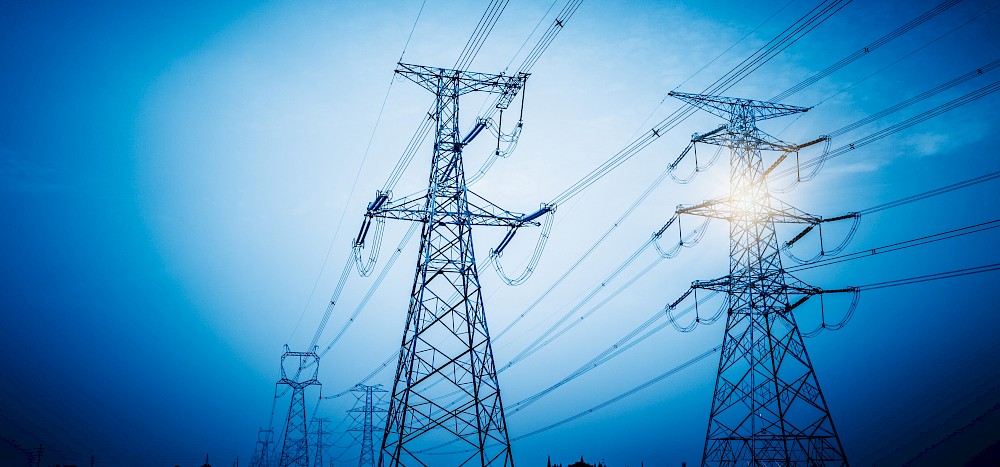
fot. Shutterstock
Securing data with IPsec
IPsec (Internet Protocol Security) is a set of protocols designed to secure Internet Protocol (IP) communications by authenticating and encrypting every IP packet in a communication session. It offers comprehensive security, protecting data from origin to destination. It is highly flexible, can be used across different types of networks, including WANs and VPNs, and works well with other security protocols. In the context of energy networks, IPsec ensures that data transmitted between DSOs and DERs remains secure, even over public or less secure networks. IPsec's encryption and authentication mechanisms protect against unauthorised access and ensure data integrity, which is key to reliable network operation.
Hardware firewalls for additional protection
Hardware firewalls provide an additional layer of security by monitoring and controlling incoming and outgoing network traffic, based on predefined security rules. They are essential in defending against external threats and unauthorised access. They filter traffic to block illegal transmissions and allow legitimate communications based on security rules. They identify and mitigate potential threats in real time and segment the network into secure segments to limit the spread of attacks.
Hardware firewalls can be configured to provide specific protections for different network segments, such as isolating critical infrastructure from less secure areas. This segmentation is key to preventing the spread of malware and ensures that even if one part of the network is breached, others remain safe.
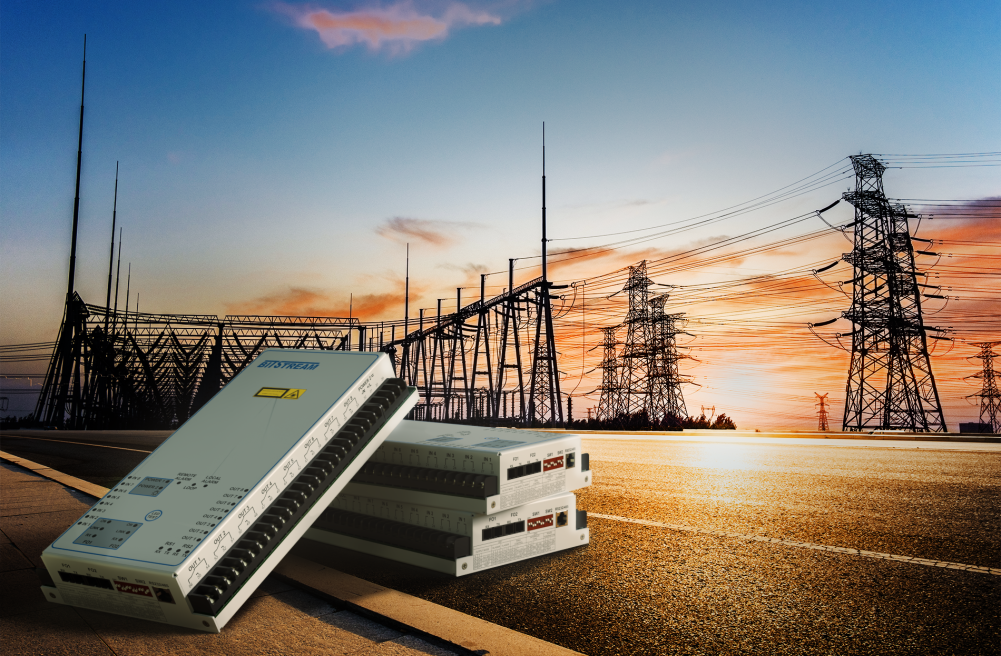
fot. BitStream
Secure communication through BitStream's specialised devices
Combining the aforementioned technologies in specialised devices provides a comprehensive solution designed for secure communications in the energy sector. The Hyperion and Magnetar series devices from BitStream S.A. exemplify such integration, guaranteeing robust and secure communication solutions adapted to energy applications.
The Hyperion and Magnetar series devices support PTPv2 and Power Profile to ensure precise time synchronisation across the network. They also include MACsec encryption for robust data security at Layer 2 and IPsec protocols for end-to-end data security across network segments at Layer 3. Hardware firewalls, in turn, enhance security by filtering traffic and preventing unauthorised access. In addition, the devices support redundant power supplies and lossless PRP/HSR transmission to ensure continuous operation.
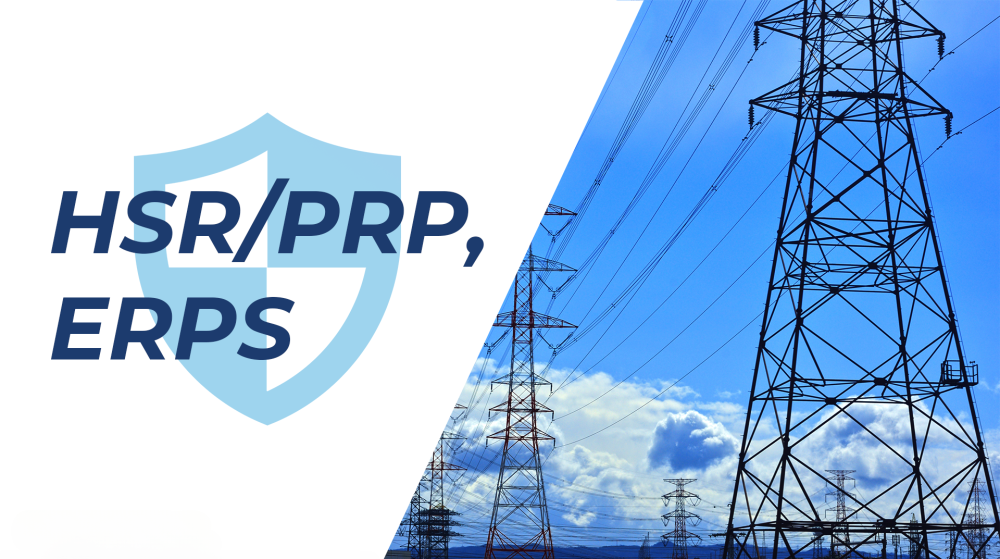
fot. BitStream
Secure communications in summary
As the energy sector evolves, secure communications and its importance will only increase. The increasing deployment of smart grid technologies and the development of distributed energy sources require continued advances in communication and security technologies. Future developments may include even more accurate synchronisation protocols, improved encryption standards and smarter firewalls capable of predictive threat detection.
Investing in these technologies today not only solves current challenges, but also prepares DSOs for future requirements. The role of standards bodies, regulatory agencies and industry collaboration will be key in shaping these advances and ensuring their widespread adoption.
Maciej Tomczyszyn
Marketing and Sales Manager Bitstream
Source: Energetyka.plus

